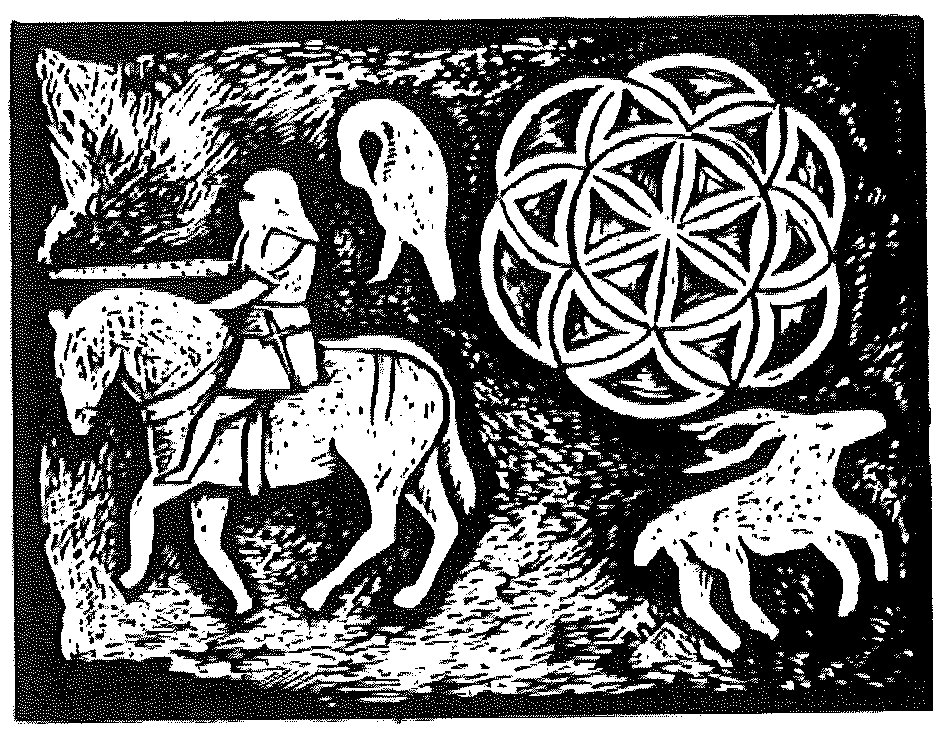Jan Drda Library Building
Add to plannerIn the middle of the western side of T. G. Masaryk Square is the main building of the Jan Drda Library.
Details
Opening hours
Mon-Sat 9.00-18.00 h Fri 9.00-18.00 h Sat 8.00-12.00 h
Price list
https://katalog2.kjd.pb.cz/knihovna/cenik/
Contact
Jan Drda Library T.G.M. Square 156 261 01 Příbram I
knihovna@knihovnapribram.cz
+420 318 626 486
knihovnapribram.cz
Mailbox: 6uckkxw
Information
Nearest public transport stop
Milinska T. G. M.
Related places
Gastro nearby
The Jan Drda Library has been located here since 1984.
One of the plots of land on which the building of the Jan Drda Library (No. 156/I) stands today on Příbram's TGM Square was evidently a pub in the first half of the 17th century at the latest. However, we can only speculate that in 1379 this house was the seat of the town clerk Ješek, who, according to the tax register, had a tavern, because there were many more taverns in Příbram in that year.

It is probable that Ješek may be identical with Jan Rubáš, because Ješek is a diminutive of Jan and it corresponds to the time. We know about Jan Rubáš, who was then the highest representative of the town from among its inhabitants, that he was a very pious man who cared about his soul and that people prayed for his family even after his death. In 1393 he founded a foundation for the church of St. James in Pribram. From this foundation, an altar of the Body of God (i.e. the Body and Blood of Christ) and the Virgin Mary was established in the parish church. Intercessory masses were to be celebrated at this altar for the Rubáš family.
In view of this, one may wonder whether the stone relief, which was discovered in 1870 during the major reconstruction of the house at the Black Eagle, also dates from the time of Rubáš. Unfortunately, there is no exact record of how and where the relief was discovered. It is possible that it was once moved to the Black Eagle House from somewhere else, perhaps it had been there since its creation. What is certain is that experts have dated its carving to the late Middle Ages, i.e. to the 14th to 15th century.
The relief is now considered mysterious, but that is only due to our ignorance. Whether we like it or not, in the late Middle Ages the town of Příbram was very Christian, and so this relief also bears the usual Christian symbols that everyone knew then, but we are looking for God knows what.
Let's start with the pelican. Where did it come from? It's not found in the wild here, but it's known to peck its chest with its beak when food is scarce and feed its young with drops of its own blood. This is why in Christian iconography Jesus is sometimes depicted as a pelican who pecks his own chest with his beak and who feeds us - his children - with his blood through his sacrifice on the cross out of love.
Then there is the deer, which in medieval Christian iconography is also a symbol of Christ. In fact, he is the swift messenger of the saviour who, by his sacrifice on the cross, brings straying souls longing for God to conversion.
The rider on horseback in medieval Christian iconography represents Christ sitting on horseback on the Day of Judgment and symbolizes his ascension or the sending of the Holy Spirit, and thus the hope of our eternal life.
The rosette, which the Jan Drda Library still has in its logo, is not only in the Middle Ages associated with the worship of the Virgin Mary. According to Christian iconography, it is also a symbol of the heart of Christ. It represents the path to enlightenment - a compass that guides us if we knock on the gate of the sacred spiritual paths. It is an ideal symbol for a library.
Let us return to the history of the house. In 1600, Jan Smíšek, the later Primate of Příbram and shenker, or Velvarský, moved into this house. On 6 January 1622 he asked the supreme mintmaster Vilém Vřesovec of Vřesovice to relieve him of the office of mayor. As a reason, he stated that the officers staying at that time - during the Thirty Years' War - in Příbram in the houses of the townspeople were eating at his tavern, and when he bought a barrel of wine from a forman, the soldiers drank it without paying.
In 1629, at the request of Dean J. Saller, the Prague painter Adam Ulrych and his journeyman came to Příbram to restore the paintings in the Church of St. James. They stayed in the market square in the inn of Jan Velvarský, the Primate. On that occasion, the conseillers also wanted to decorate the statue of the Virgin Mary in St. Mary's Mountain with paint. The master painter ordered his Lutheran journeyman to bring the statue from the Holy Mountain. The journeyman cursed all the way: "Oh, how unpleasant is that Petrovskaya (robber). What rags and cancors is that Petrov child wearing?" And when he had painted her in the house, he said: "The daughter of the whore, who was first like a whore of Petra, is a little more ornate." Then he set the statue on the table and began to gild another picture. After a while, the clear sky clouded over and thunder rolled. From the Holy Mountain thunder struck the house twice, and through the glass windows, which remained intact, "the thundering fire penetrated like a tongue into the chamber and poured forth like a river of fire." There were several people in the chamber, but the fire harmed no one, stunning and knocking down only the barking journeyman. Then it turned round him, and rolled like a flood of water out of the door of the hall, and out of the hall through the door of the house into the arcade and the market-place, and disappeared at the fourth house. Many people came to the Velvarskis' inn and were mourning the half-dead journeyman. When they took off his coat, they saw that his right hand, which he had not wanted to paint the Madonna with, was black as coal. After a long time the journeyman came to himself, shaking like an aspen tree. He admitted his guilt and swore that he would not blaspheme the Mother of God again. This event is still depicted on one of the lunettes in the ambulatory on the Holy Mountain.
During the Thirty Years' War, the Pribram town hall "came to ruin because of the unholy soldates", so the official meetings of the town council were held in this tavern. In 1651, its owner Dorota Milínská was the only one in the ruined town to sell beer and wine there. In 1677 the pub burnt down and had to be rebuilt.
Around 1710, a merchant from Milan, Lorenzo Fiorone, came to the town and soon married Margaret, the daughter of the French goldsmith Louis Alice. He acquired a large dowry with her, so he also bought the house at the Black Eagle with its arcade. After her father's death in 1720, Margaret Fiorone inherited a considerable fortune and her husband Lorenzo Fiorone was able to rebuild the house at the Black Eagle. However, their descendants sold the family property due to debts.
In 1738, Jakub Ferdinand Procházka, a trained pharmacist, settled in the town and went into debt so that he could buy the house at the Black Eagle from František Xaver Wiesser and set up a pharmacy there, which eventually remained there for several decades despite the initial financial problems of its owner. The name of the house at the Black Eagle appears in sources from 1751.
In 1768 Jakub Ferdinand Procházka, already as mayor of Příbram, sold the pharmacy. From 1787 at the latest, the pharmacy was moved to the house No. 123/I U Bílého lva behind the church. The house U Černého orla was then owned by Matěj Černý, around 1820 by Antonín Černý and after him by Filip Černý.
The inn at the Black Eagle No. 156/I was already there in the first half of the 19th century. During the weekly markets around 1846, so-called Czech spices - caraway, anise and marjoram - were sold along the arcade of this house, as well as bread, flour, semolina, groats, groats, millet and other foodstuffs.
During the demolition of the house in the 20th century, an underground passage was discovered, which led towards the Obora pond. At the same time, a musty corridor led from the town hall cellar or cloakroom (demolished No. 149/I) under the market square towards the house U Černého orla (At the Black Eagle), which eventually fell into a pit full of water, smelling of rot. The corridors were filled in.
PhDr. Věra Smolová










